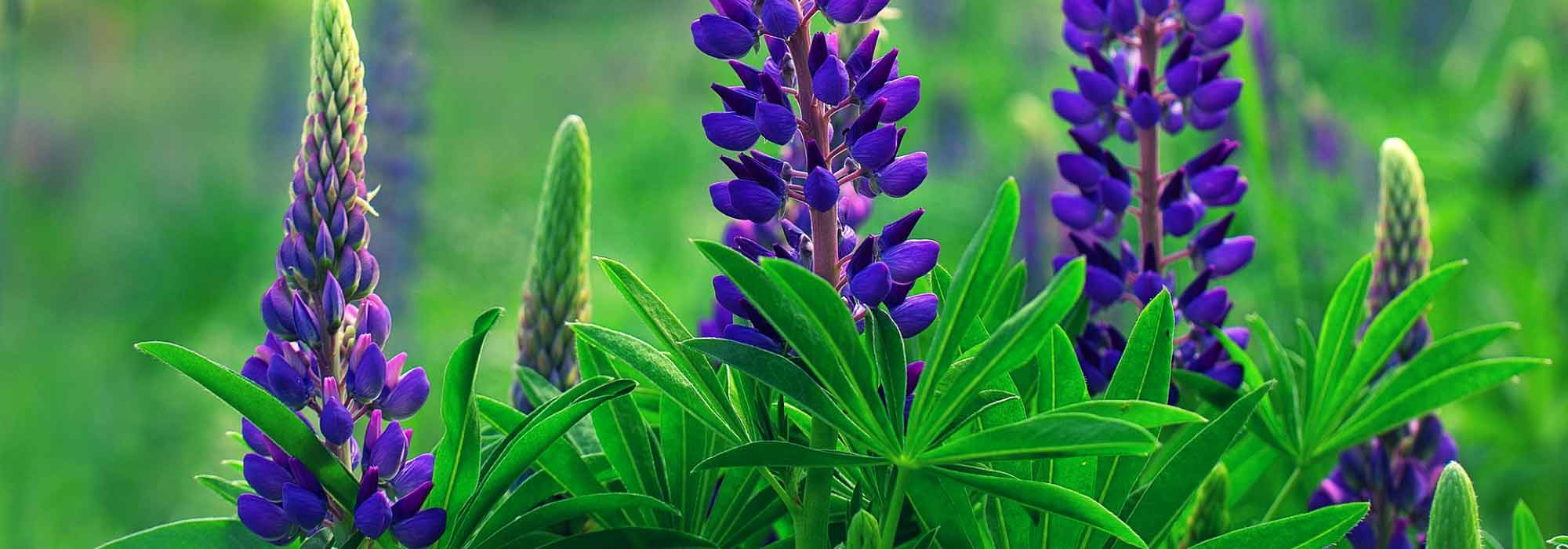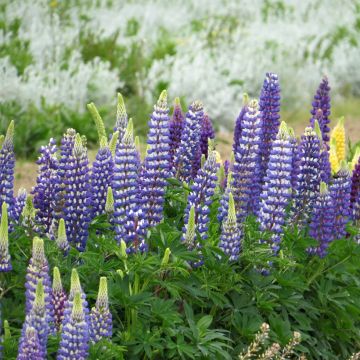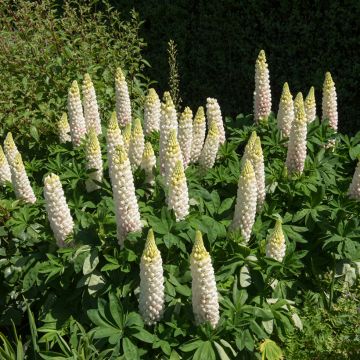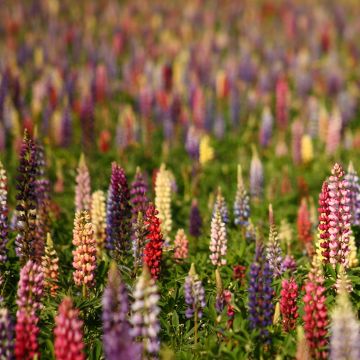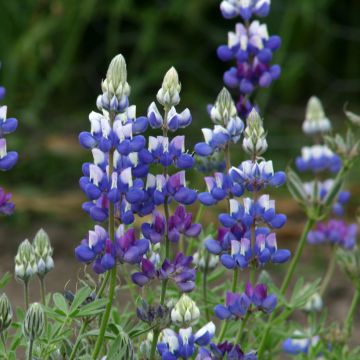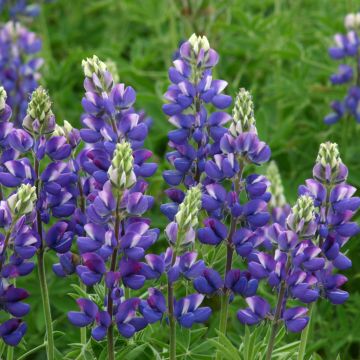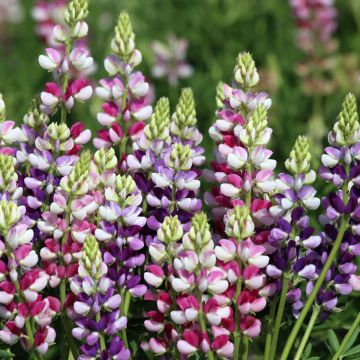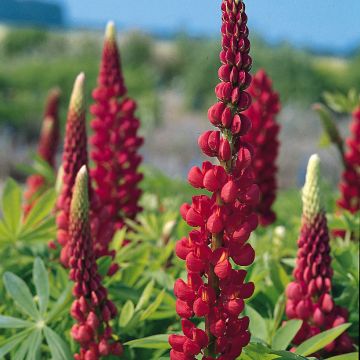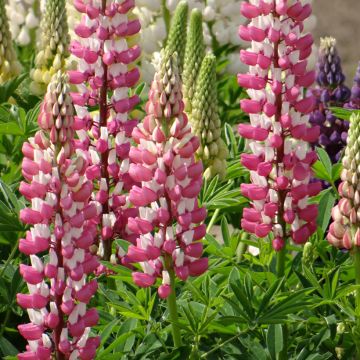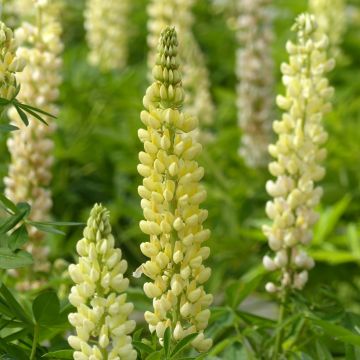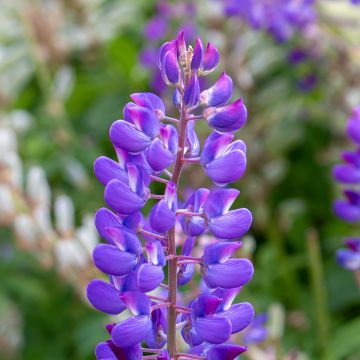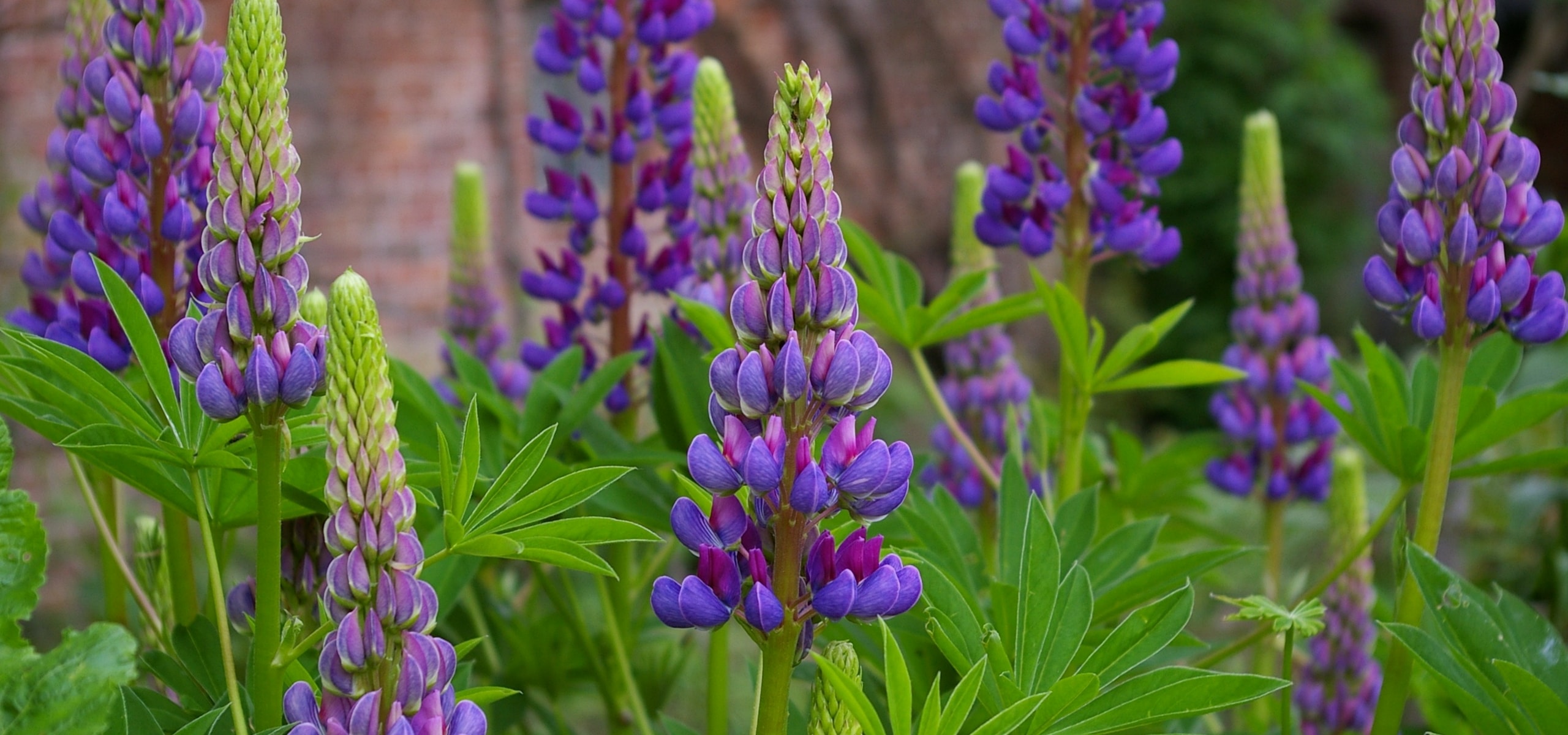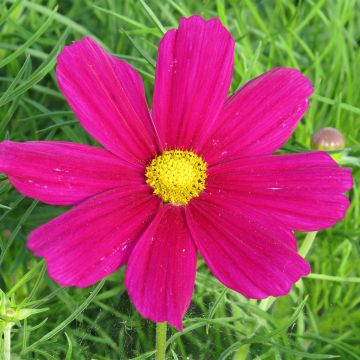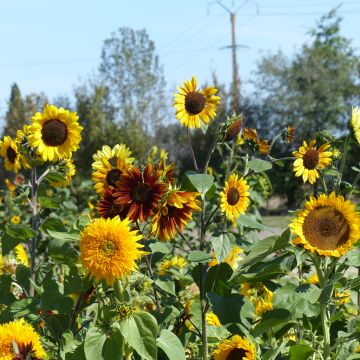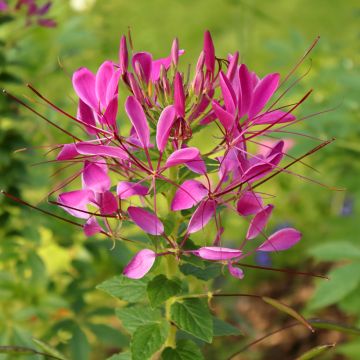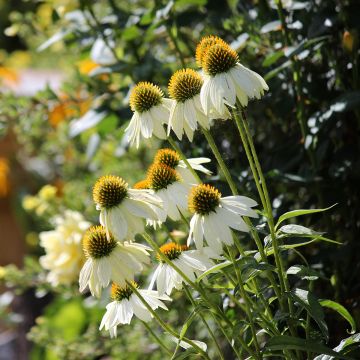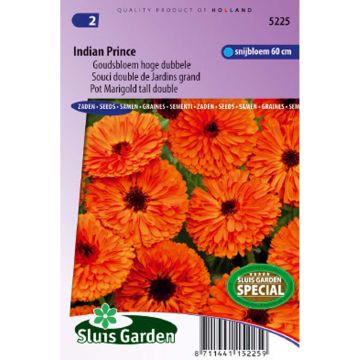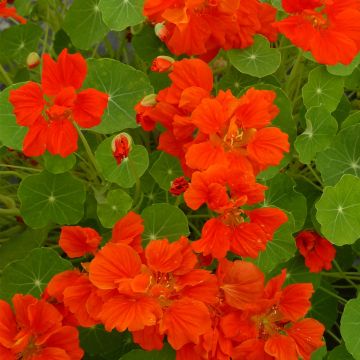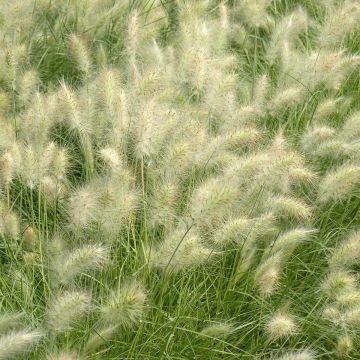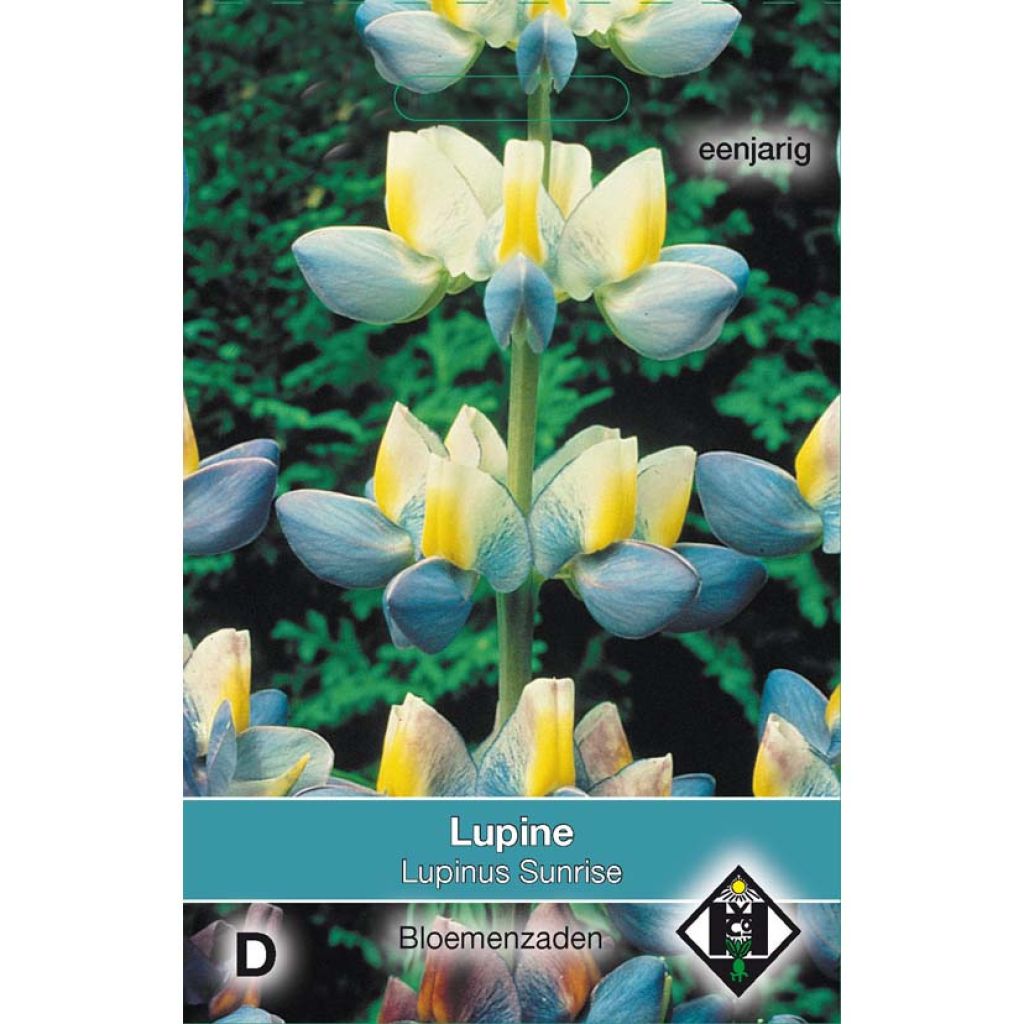

Lupinus cruickshankii Sunrise - Annual Lupin Seeds
Lupinus cruickshankii Sunrise - Annual Lupin Seeds
Lupinus cruickshankii Sunrise
Lupin de Cruickshank
These lupins do not flower at all for a long period, as advertised, but only in June, like all lupins. Furthermore, their colour does not resemble the photo, but they lean towards violet-white. In short, not at all what I was expecting.
Agnes B., 29/08/2018
Special offer!
Receive a €20 voucher for any order over €90 (excluding delivery costs, credit notes, and plastic-free options)!
1- Add your favorite plants to your cart.
2- Once you have reached €90, confirm your order (you can even choose the delivery date!).
3- As soon as your order is shipped, you will receive an email containing your voucher code, valid for 3 months (90 days).
Your voucher is unique and can only be used once, for any order with a minimum value of €20, excluding delivery costs.
Can be combined with other current offers, non-divisible and non-refundable.
Home or relay delivery (depending on size and destination)
Schedule delivery date,
and select date in basket
This plant carries a 6 months recovery warranty
More information
We guarantee the quality of our plants for a full growing cycle, and will replace at our expense any plant that fails to recover under normal climatic and planting conditions.
Would this plant suit my garden?
Set up your Plantfit profile →
Description
Lupinus cruckshankii 'Sunrise' is a very attractive annual lupin, that offers an abundance of long-lasting, fragrant blooms. The medium-sized plants produce graceful spikes in soft tones of azure blue, golden yellow and white. Grow close to the house to make the most of their subtle perfume in the evening! It thrives in full sun, in light, sandy, even poor soils, preferably acidic.
The lupin is a genus that encompasses 200 to 1000 species, native to the American continent. They are either annual or perennial, herbaceous or woody-based. Lupins are often grown as a food source throughout the world. This does not apply to ornamental varieties however, as most contain high levels of alkaloids in their seeds and are highly toxic. Lupinus cruckshankii 'Sunrise' grows to about 90 cm tall in full bloom for a spread of 60-70 cm. From May until the first frosts, it displays upright spikes over bluish green foliage; they feature whorls of sweet pea-like blooms in harmonious shades of azure blue, yellow and white. These are followed by pods containing several large seeds that are easy to sow. Lupin roots capture atmospheric nitrogen, transforming it into fertilizing elements that are useful for enriching poor soils, making it a valuable green manure.
Lupins are a cottage garden favourite, bringing a wonderful verticality and structure to the flower garden. Annual lupins are perfect for poor, light, sandy and acidic soils where they will self-sow easily, offering a profusion of fragrant spikes in summer. They thrive in the company of hollyhocks and peonies, forming attractive, maintenance-free flowerbeds. In natural settings, combine them with sainfoin, Sidalcea hartwegii or ornamental grasses. In more formal settings, terraces or patios, pair them with nasturtiums, geraniums, and dwarf dahlias for example.
Flowering
Foliage
Plant habit
Safety measures
Botanical data
Lupinus
cruickshankii
Sunrise
Fabaceae
Lupin de Cruickshank
Cultivar or hybrid
ingestion
Cette plante est toxique si elle est ingérée volontairement ou involontairement.
Ne la plantez pas là où de jeunes enfants peuvent évoluer, et lavez-vous les mains après l'avoir manipulée.
Pensez à conserver l'étiquette de la plante, à la photographier ou à noter son nom, afin de faciliter le travail des professionnels de santé.
Davantage d'informations sur https://plantes-risque.info
Other Lupin seeds
View all →Planting and care
Direct sow from May as lupins are very tolerant to transplanting. Bury the seeds 6 mm deep in well-loosened soil at 30 cm intervals. The ideal temperature for germination is 20-30°C. Germination usually takes 18 to 25 days. It is not necessary to thin out the seedlings. Lupins give good results in any good garden soil, but prefer deep, well-drained to sandy, acidic soil and a sunny position.
Sowing period
Intended location
Planting & care advice
-
, onOrder confirmed
Reply from on Promesse de fleurs
Similar products
Haven't found what you were looking for?
Hardiness is the lowest winter temperature a plant can endure without suffering serious damage or even dying. However, hardiness is affected by location (a sheltered area, such as a patio), protection (winter cover) and soil type (hardiness is improved by well-drained soil).

Photo Sharing Terms & Conditions
In order to encourage gardeners to interact and share their experiences, Promesse de fleurs offers various media enabling content to be uploaded onto its Site - in particular via the ‘Photo sharing’ module.
The User agrees to refrain from:
- Posting any content that is illegal, prejudicial, insulting, racist, inciteful to hatred, revisionist, contrary to public decency, that infringes on privacy or on the privacy rights of third parties, in particular the publicity rights of persons and goods, intellectual property rights, or the right to privacy.
- Submitting content on behalf of a third party;
- Impersonate the identity of a third party and/or publish any personal information about a third party;
In general, the User undertakes to refrain from any unethical behaviour.
All Content (in particular text, comments, files, images, photos, videos, creative works, etc.), which may be subject to property or intellectual property rights, image or other private rights, shall remain the property of the User, subject to the limited rights granted by the terms of the licence granted by Promesse de fleurs as stated below. Users are at liberty to publish or not to publish such Content on the Site, notably via the ‘Photo Sharing’ facility, and accept that this Content shall be made public and freely accessible, notably on the Internet.
Users further acknowledge, undertake to have ,and guarantee that they hold all necessary rights and permissions to publish such material on the Site, in particular with regard to the legislation in force pertaining to any privacy, property, intellectual property, image, or contractual rights, or rights of any other nature. By publishing such Content on the Site, Users acknowledge accepting full liability as publishers of the Content within the meaning of the law, and grant Promesse de fleurs, free of charge, an inclusive, worldwide licence for the said Content for the entire duration of its publication, including all reproduction, representation, up/downloading, displaying, performing, transmission, and storage rights.
Users also grant permission for their name to be linked to the Content and accept that this link may not always be made available.
By engaging in posting material, Users consent to their Content becoming automatically accessible on the Internet, in particular on other sites and/or blogs and/or web pages of the Promesse de fleurs site, including in particular social pages and the Promesse de fleurs catalogue.
Users may secure the removal of entrusted content free of charge by issuing a simple request via our contact form.
The flowering period indicated on our website applies to countries and regions located in USDA zone 8 (France, the United Kingdom, Ireland, the Netherlands, etc.)
It will vary according to where you live:
- In zones 9 to 10 (Italy, Spain, Greece, etc.), flowering will occur about 2 to 4 weeks earlier.
- In zones 6 to 7 (Germany, Poland, Slovenia, and lower mountainous regions), flowering will be delayed by 2 to 3 weeks.
- In zone 5 (Central Europe, Scandinavia), blooming will be delayed by 3 to 5 weeks.
In temperate climates, pruning of spring-flowering shrubs (forsythia, spireas, etc.) should be done just after flowering.
Pruning of summer-flowering shrubs (Indian Lilac, Perovskia, etc.) can be done in winter or spring.
In cold regions as well as with frost-sensitive plants, avoid pruning too early when severe frosts may still occur.
The planting period indicated on our website applies to countries and regions located in USDA zone 8 (France, United Kingdom, Ireland, Netherlands).
It will vary according to where you live:
- In Mediterranean zones (Marseille, Madrid, Milan, etc.), autumn and winter are the best planting periods.
- In continental zones (Strasbourg, Munich, Vienna, etc.), delay planting by 2 to 3 weeks in spring and bring it forward by 2 to 4 weeks in autumn.
- In mountainous regions (the Alps, Pyrenees, Carpathians, etc.), it is best to plant in late spring (May-June) or late summer (August-September).
The harvesting period indicated on our website applies to countries and regions in USDA zone 8 (France, England, Ireland, the Netherlands).
In colder areas (Scandinavia, Poland, Austria...) fruit and vegetable harvests are likely to be delayed by 3-4 weeks.
In warmer areas (Italy, Spain, Greece, etc.), harvesting will probably take place earlier, depending on weather conditions.
The sowing periods indicated on our website apply to countries and regions within USDA Zone 8 (France, UK, Ireland, Netherlands).
In colder areas (Scandinavia, Poland, Austria...), delay any outdoor sowing by 3-4 weeks, or sow under glass.
In warmer climes (Italy, Spain, Greece, etc.), bring outdoor sowing forward by a few weeks.






























